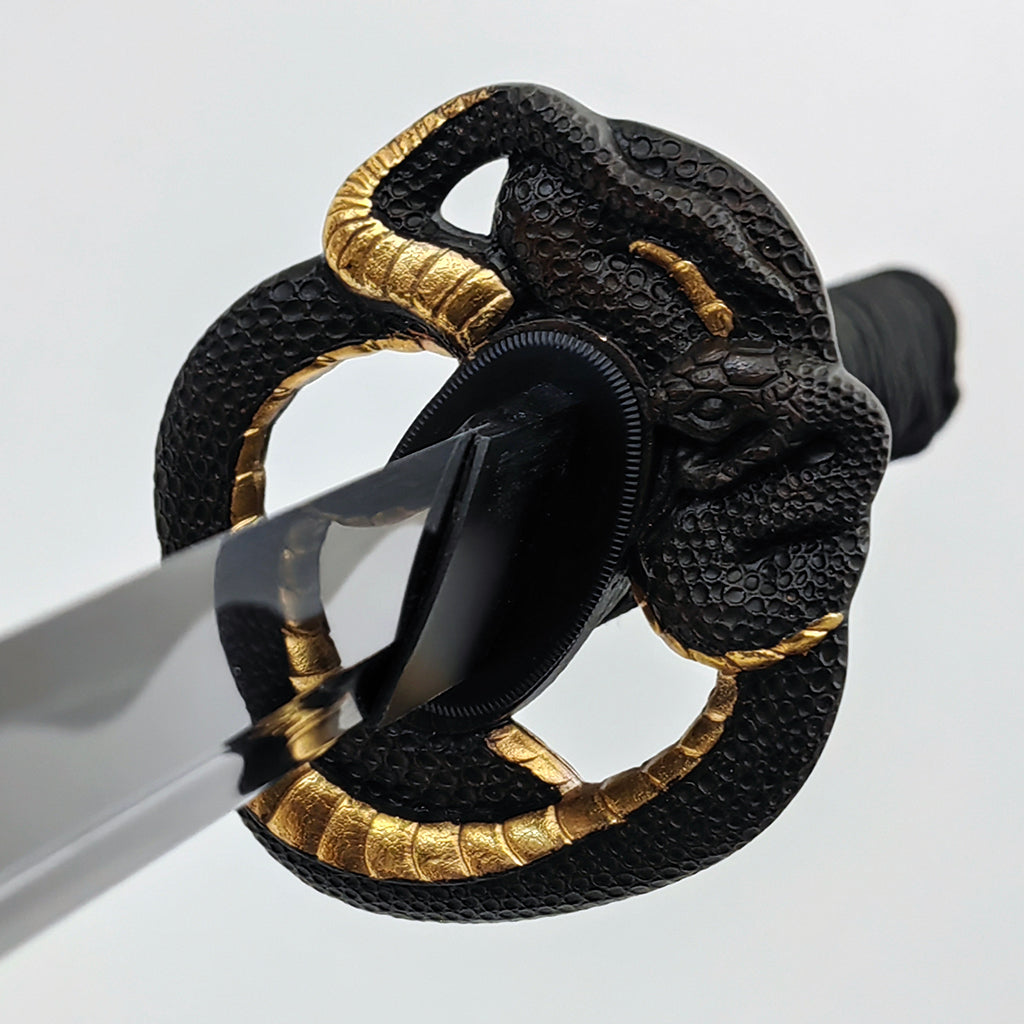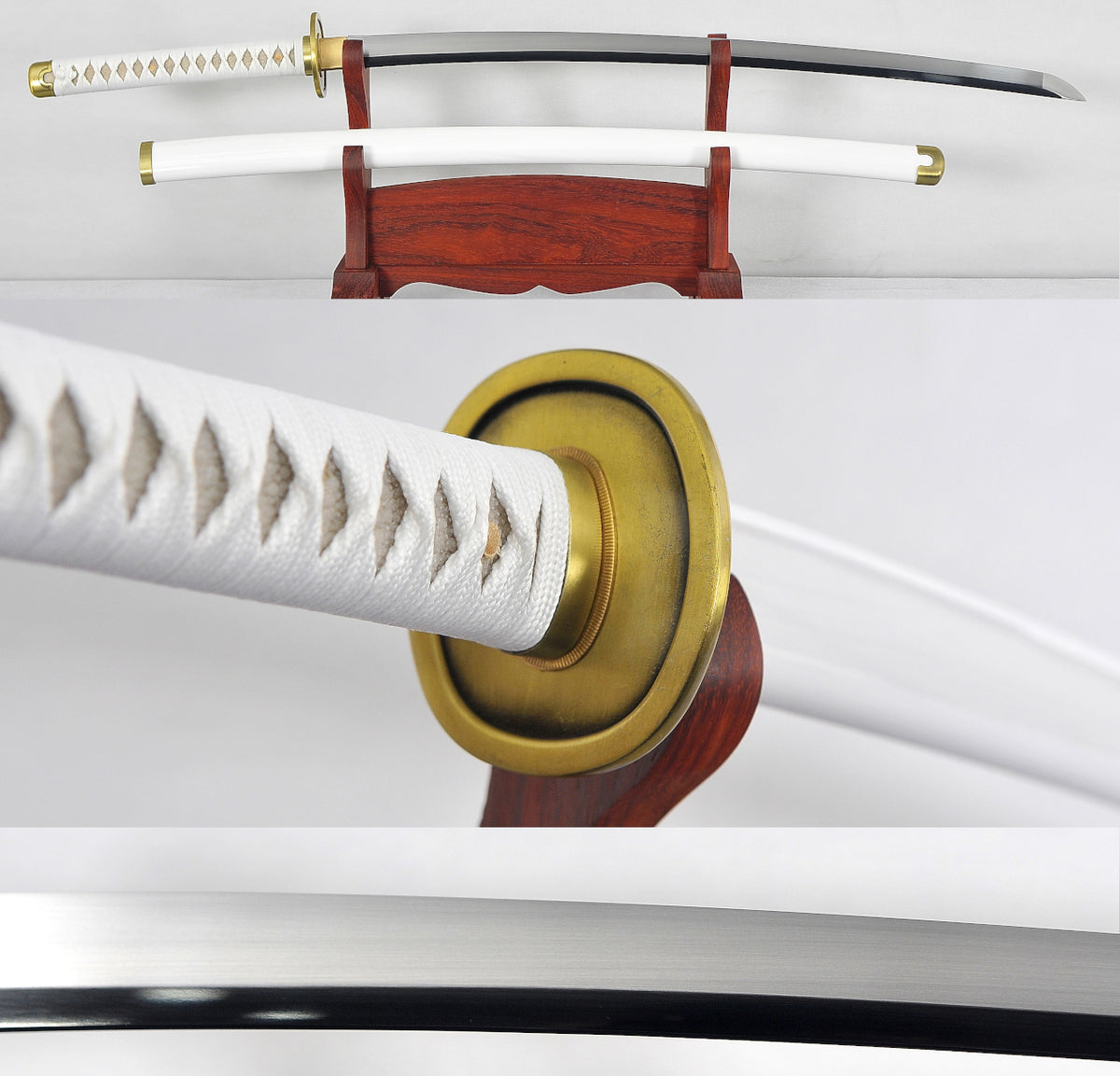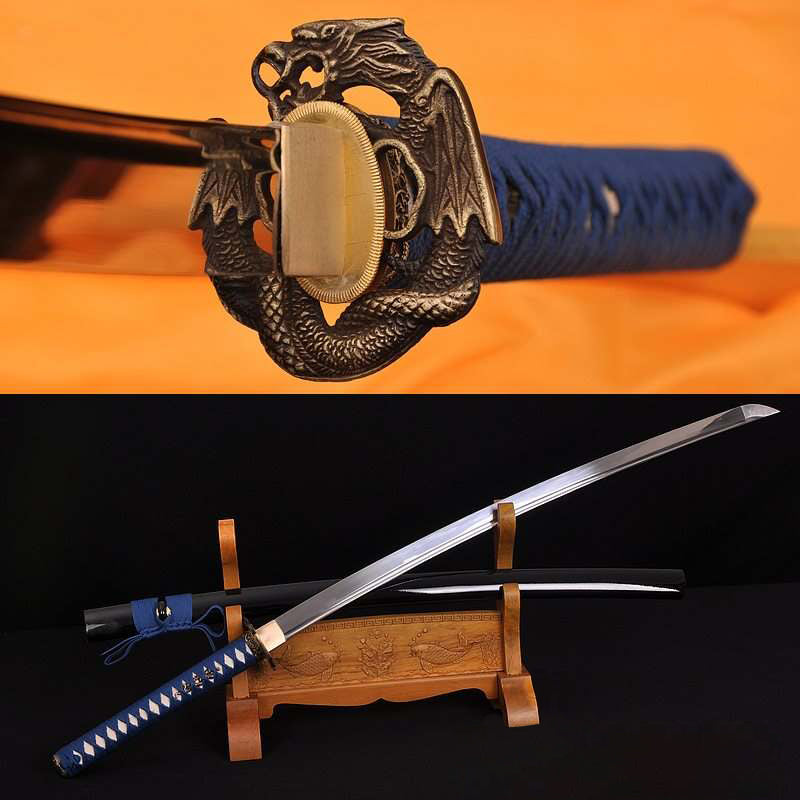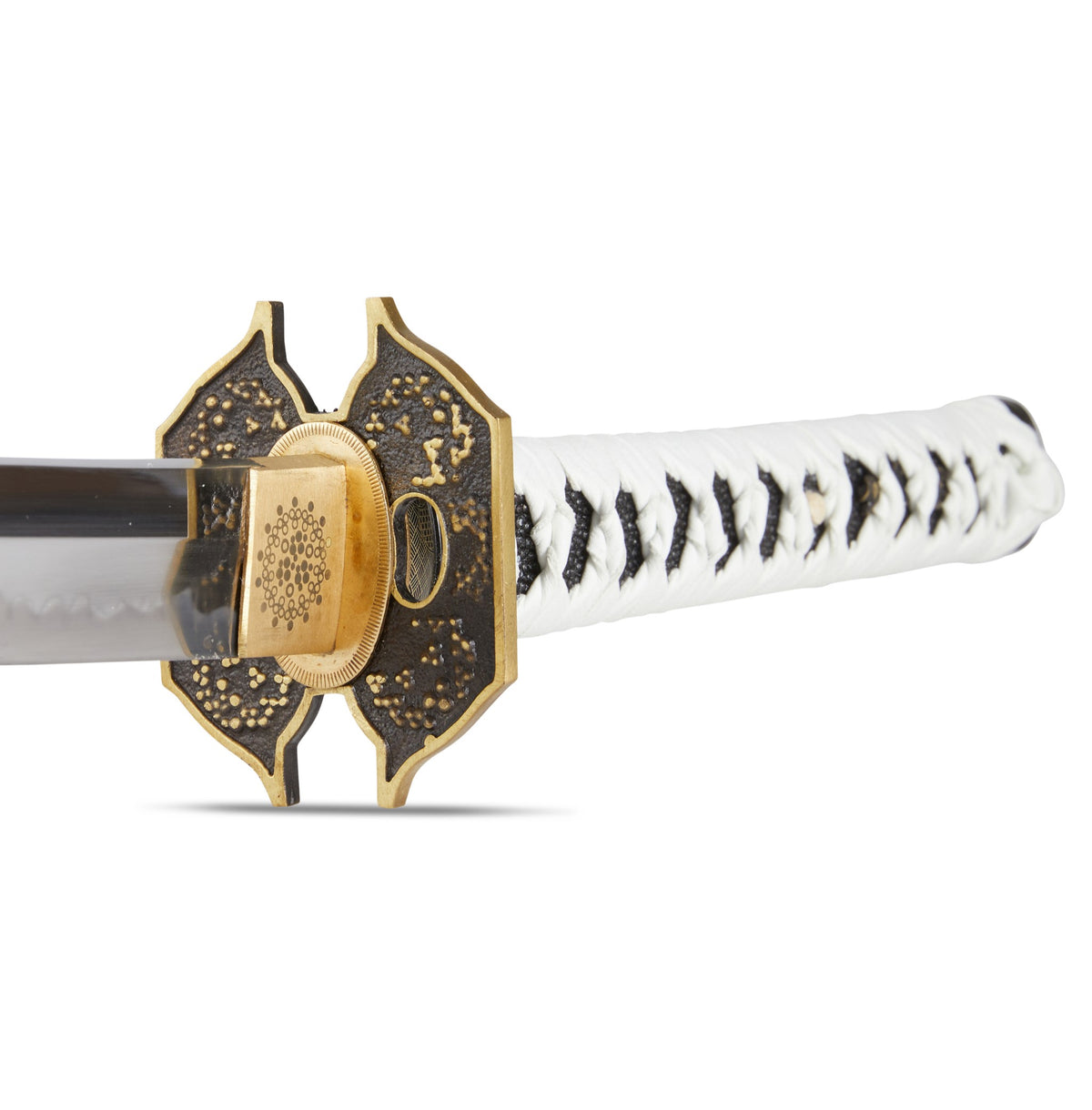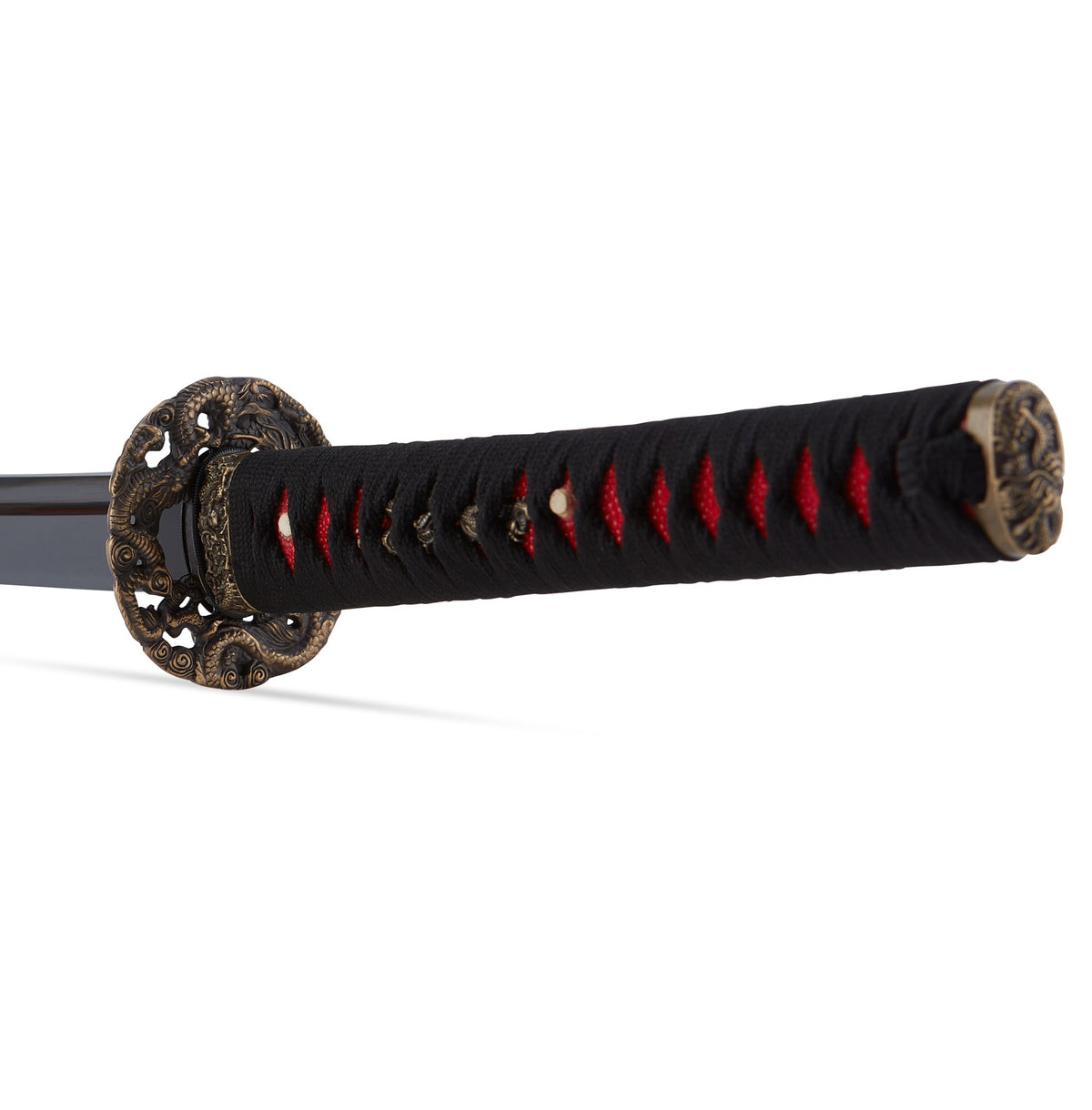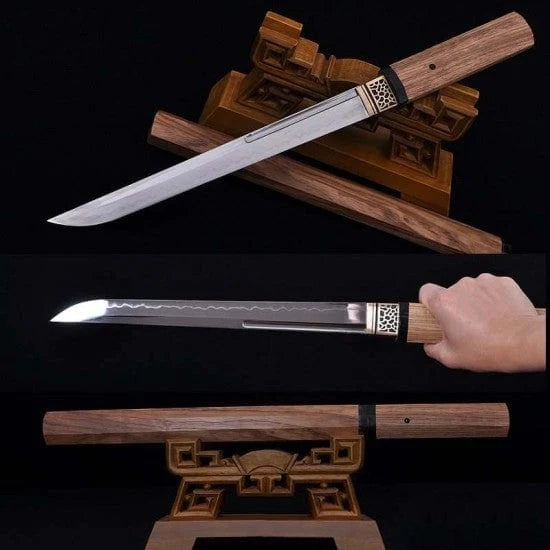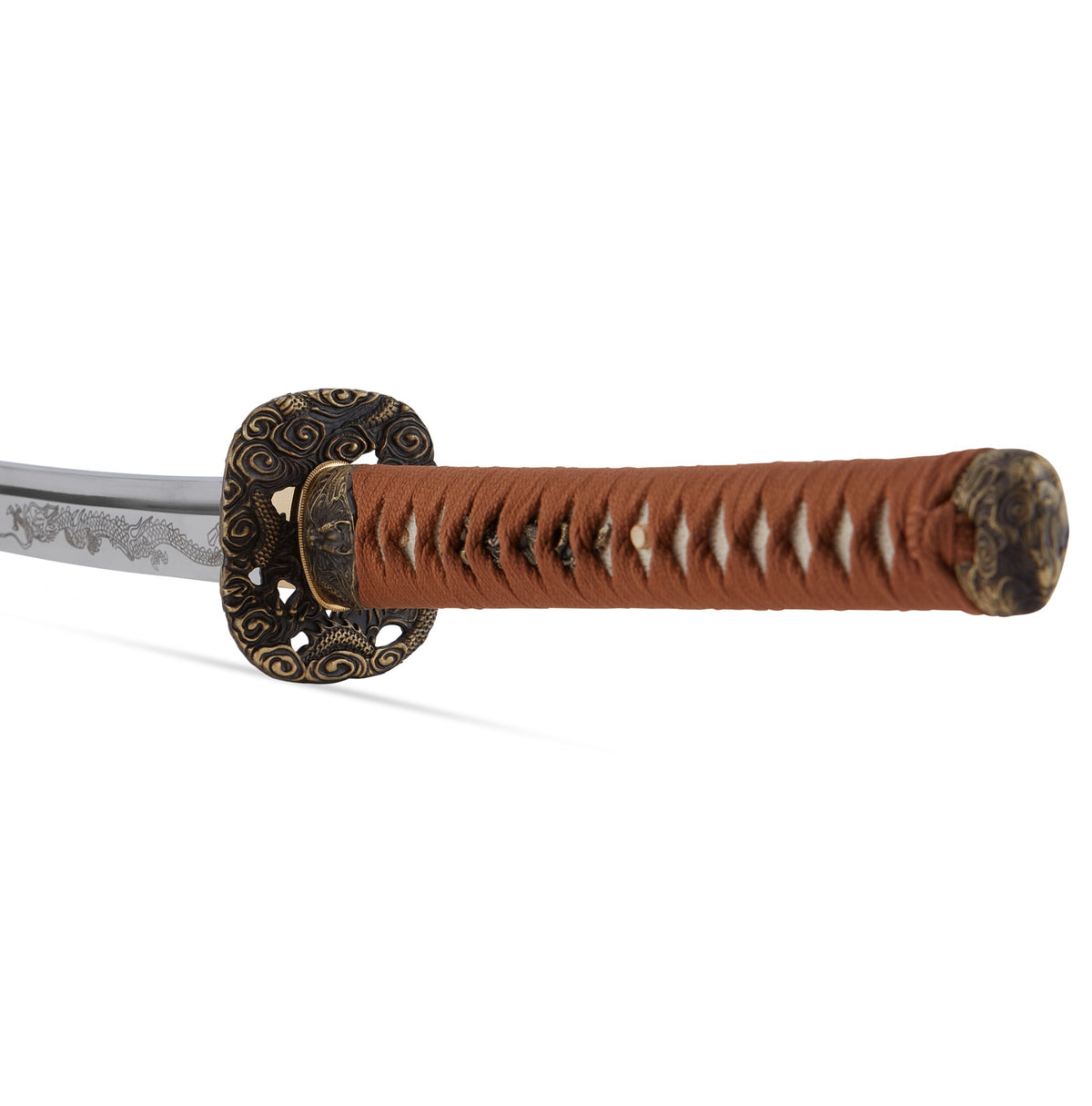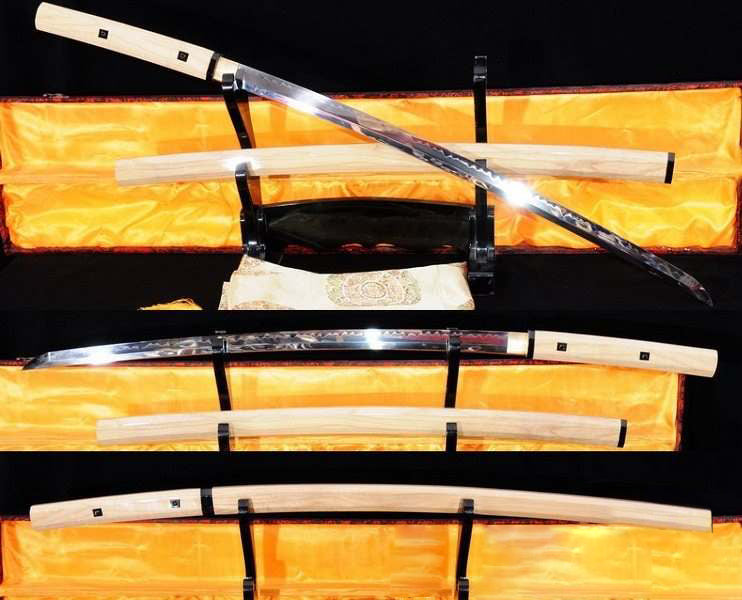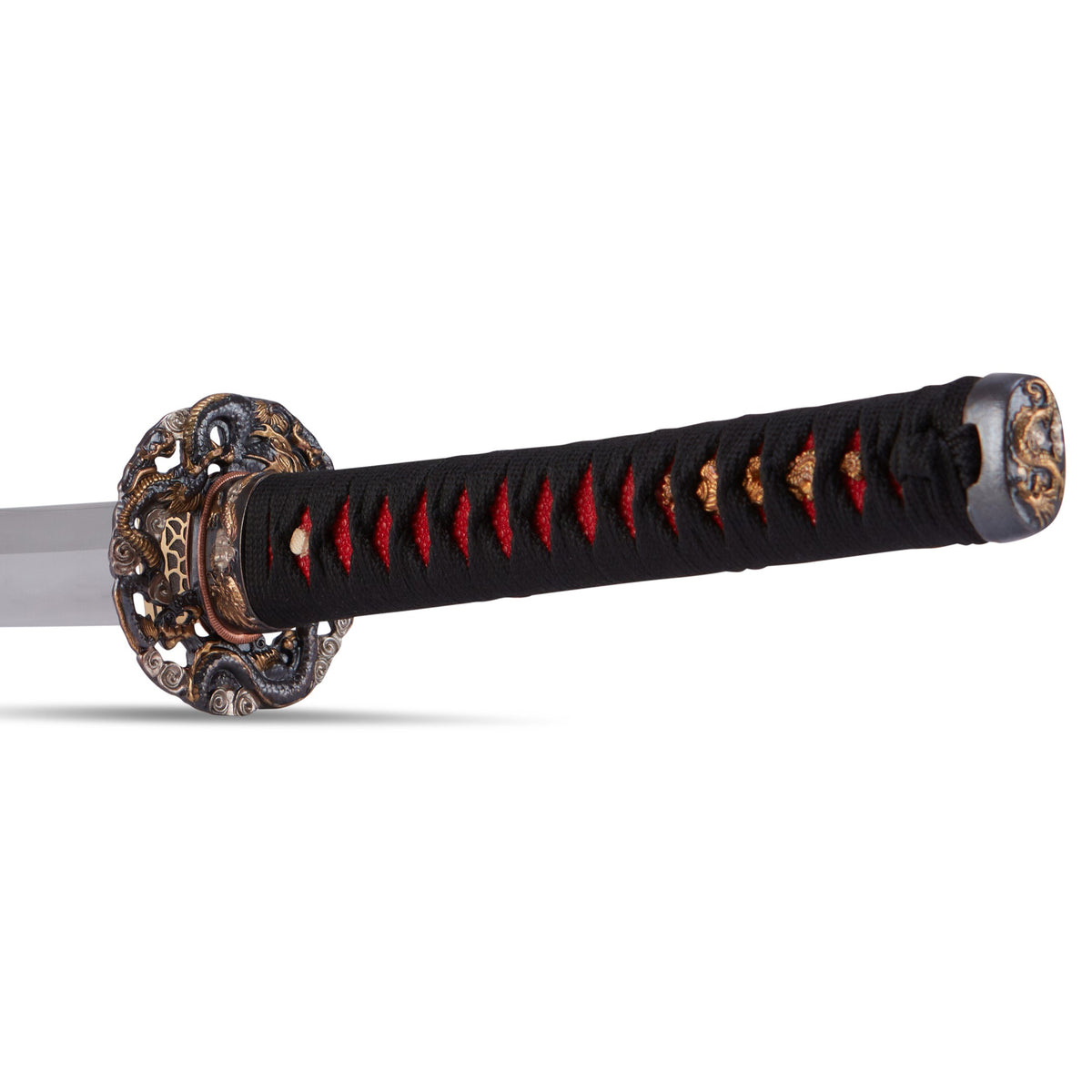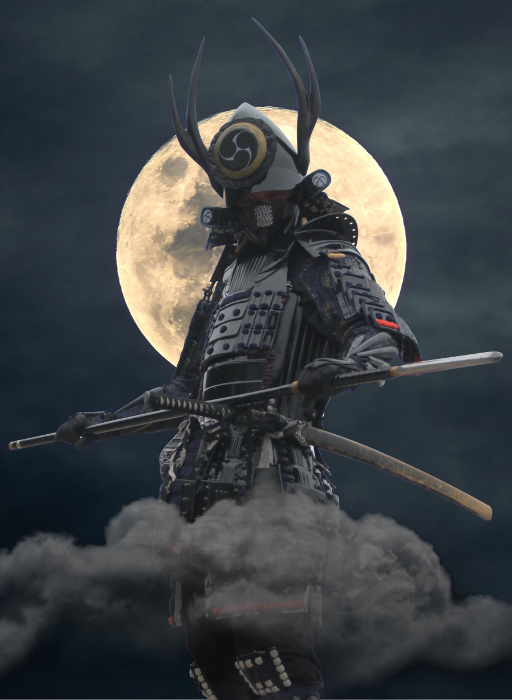Why are samurai swords folded?

Folding sword steel, known as shita-kitae, can occur anywhere from 10-20 times. Bladesmiths fold some of the purest blades so many times they have up to a million layers of steel. Folding swords is part of the traditional Japanese katana making process for Samurai swords. While ancient, this swordsmithing tradition is critical to the creation of durable, high-quality blades. Learn more about this little-understood process at Swords of Northshire today.
The Reason Behind Steel Folding
Folding the steel while forging is not a magical process that automatically makes every blade the best in the world. The principal reason Japanese sword makers fold the metal is because of the inherent impurities in the material. Pure, homogenized, high-quality steel does not need to be folded, and can actually become weaker from the very act.
Folding sword steel removes impurities and homogenizes the traditional forging steel used in Japan, called Tamahagane. In feudal Japan, swordsmiths used this material during the katana making process which comprised iron sands and charcoal smelted in a clay tatara furnace. This blade material was very impure, with gaps in the steel, less desirable elements, and an uneven distribution of carbon throughout. Impure sword blades end up with one or several areas with concentrated levels of carbon, creating brittle weak points in the blade that could lead to the wielder’s demise if their sword breaks.
What Else is in the Steel

So why would steel have an uneven distribution of carbon? The simple answer is that the steel wasn’t fully liquified during the smelting process. To fully liquefy iron, you need to reach a temperature of 2,800 degrees Fahrenheit, and medieval levels of technology couldn’t always get there. The traditional Japanese tatara furnace could only get up to 2,500 degrees at its apex.
For anyone wondering what else remains in the steel besides iron, there is stony waste matter known as slag that is counted among the blade’s impurities, as well as a couple of elements that can be beneficial in small amounts, such as silicon and titanium.
Sword Folding for Impurities
How does steel folding actually remove the impurities? One answer can be found in the differing melting levels of the steel you’re working with during the katana making process. Iron has a very high melting temperature, but when you get iron red hot, the other non-metallic inclusions in the steel will have reached their melting point and turn into pockets of liquid. When you fold the sword steel over and compress it by hammering, those little pockets of non-metallic liquids are squeezed out to the surface. If you’ve ever seen flying sparks when a steel bar is hammered, you’re seeing those non-metallic liquids being pushed free of the metal.
Another way impurities are removed through folding sword steel is that the oxygen present in the air is able to burn out surface level impurities between folding and hammering. If you’re able to burn out impurities on the surface of the steel and then fold it, you’re moving what was once on the surface further into the middle. As you move the middle material of the metal onto the edges, you expose more impurities to be burned away by oxygen. Unfortunately, oxygen will bond to anything, so it will also burn away some of the carbon on the surface of the steel.
Steel Folding in Reality

If you’ve ever seen someone working on a bar of steel, you know about the black particles that form on the surface of the steel and flake off. This is actually the surface of the steel oxidizing, and it happens at a much faster rate when steel is hot. Swordsmiths quench the steel in oil or water between each fold to clean these rusted flakes off and ensure they don’t get caught in the next fold of the sword.
Decarbonization & High Carbon Content
Since folding sword steel inevitably results in some of the carbon burning off with the oxygen, it’s critical that heavily folded steel has a high carbon content to begin with. After a portion of the carbon has burned away, the end result is still a steel blade with the right carbon content and enough impurities removed to make a very strong weapon.
Folding Swords Today

Today, steel is folded only for tradition’s sake and to produce the beautiful flowing grain pattern on the blade. At Swords of Northshire, only swords made of traditional Tamahagane material are folded to ensure that we don’t create a brittle piece without enough carbon to maintain its integrity. Shop the high-carbon pieces, hand-forged by our mastercraftsmen, to purchase your very own piece of Japanese history.
Best Sellers
- Regular Price
- from $199.99
- Sale Price
- from $199.99
- Regular Price
-
- Unit Price
- per
- Regular Price
- from $299.00
- Sale Price
- from $299.00
- Regular Price
-
- Unit Price
- per
- Regular Price
- from $199.00
- Sale Price
- from $199.00
- Regular Price
-
$0.00
- Unit Price
- per
- Regular Price
- from $319.00
- Sale Price
- from $319.00
- Regular Price
-
- Unit Price
- per
- Regular Price
- from $619.00
- Sale Price
- from $619.00
- Regular Price
-
- Unit Price
- per
- Regular Price
- from $249.00
- Sale Price
- from $249.00
- Regular Price
-
- Unit Price
- per
- Regular Price
- from $339.00
- Sale Price
- from $339.00
- Regular Price
-
- Unit Price
- per
- Regular Price
- from $219.00
- Sale Price
- from $219.00
- Regular Price
-
- Unit Price
- per
- Regular Price
- from $364.00
- Sale Price
- from $364.00
- Regular Price
-
- Unit Price
- per
- Regular Price
- from $519.00
- Sale Price
- from $519.00
- Regular Price
-
- Unit Price
- per
